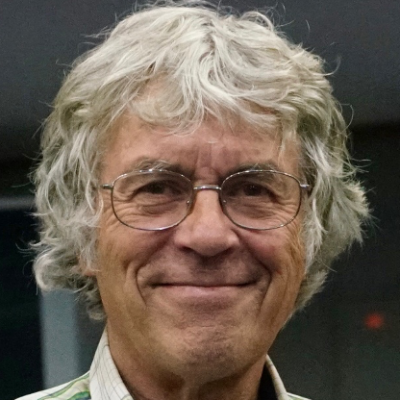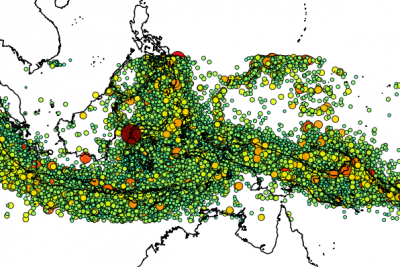Kickoff Workshop "Seismology and Artificial Intelligence"

About
The Kickoff SAI workshop funded by the Federal Ministry of Education and Research (Bundesministerium für Bildung und Forschung - BMBF) is being organised as an online/offline hybrid event from 27th September to 1st October 2021. This event focuses on exploring the application of Deep Learning/Machine Learning in Seismology. The complex nature of seismic events makes it particularly challenging to efficiently extract information from the seismic data by just using the classical statistical tools. The cutting-edge research in Deep Learning/Machine learning is already providing powerful tools in handling massive data and in extracting desired features e.g., Seismic Phase Picking, Magnitude and Peak ground Acceleration estimation, Seismic Event detection, and so on.
This five-day event will bring together experts from Artificial Intelligence and various domains of Earth Sciences to not only explore the numerous computational solutions which AI is offering but also to envision the future direction where the research is headed. Each day has a different theme to focus on.
Keynote lectures
Earth's Variable Rotation and its Influence on Decadal Fluctuations in Global Earthquake Productivity
From 1900 to the present, the rate of occurrence of major earthquakes (those exceeding Magnitude 7) has varied from less than ten to more than twenty per year. Maxima and minima in this annual rate fluctuate with a period of 25±10 years, similar to long-period changes in the rotation rate of the earth as revealed by the length of the day (LoD). Intriguingly, maximum decelerations in Earth's rotation rate correspond to maxima in global earthquake productivity delayed by roughly 5 years. Serendipitously, this implies that future global earthquake productivity can be forecast from LoD data. A forecast in 2018 of 15±2.7 earthquakes in 2020±2.5, for example, is currently within its forecast uncertainty. The reason for this curious relationship is obscure. Few atmospheric or oceanic signals have sufficiently long period to influence Earth's rotation rate at decadal periods. In contrast changes in the relative rotation rate between the lithosphere and the solid core of the Earth are known to occur at these long periods. Two causal mechanisms are discussed whereby fluctuations in global angular velocity may influence the lithosphere: one dynamic and the other kinematic. The first results in lithospheric overshoot during deceleration, and the second results in changes in the equatorial circumference of the Earth. Both effects decrease with increasing latitude, but since neither mechanism results in plate boundary stresses sufficiently large to significantly advance the timing of earthquakes, it is necessary, in addition to invoke synchronization theory to explain the observed correlation between LoD and earthquake productivity.

Prof. Roger Bilham
CIRES and Geological Science
University of Colorado, Boulder CO 80309 USA
Registration
To register for the event, please send an email containing the following information to Nishtha Srivastava:
- Name
- Position and Affiliation
- Abstract (if you want to give a talk)
- signed declaration of consent (download here)


